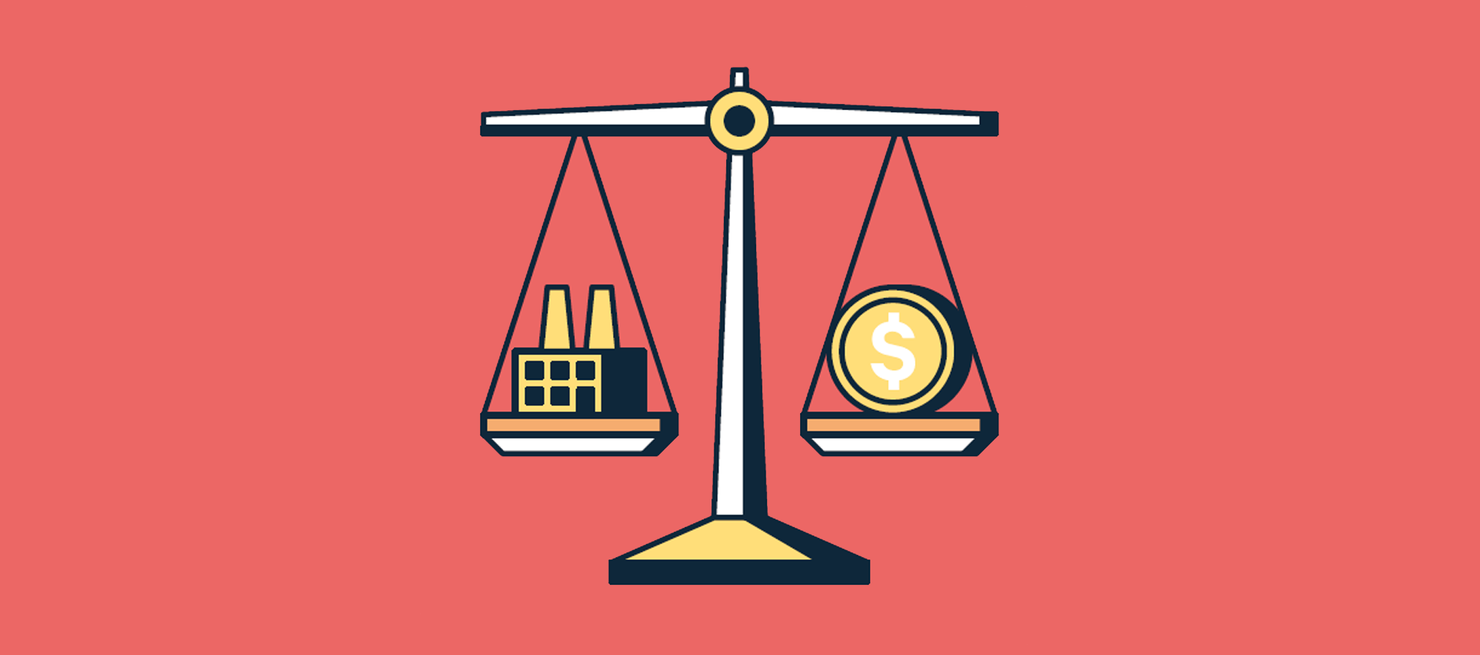
Related content

Introducing a Special Series on the Proposed Climate Disclosure Rule from the US Securities and Exchange Commission

International Context of the Proposed Climate Disclosure Rule from the US Securities and Exchange Commission

International Climate Finance: The New Reason for Global Climate Gridlock

Semafor: “Tech Giants Clash over How to Measure Their Carbon Footprint”
Digital Subscription
Sign up to receive our Resources Radio podcast and On the Issues newsletter every week.
Subscribe





